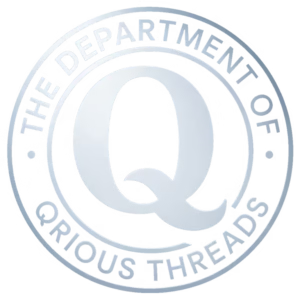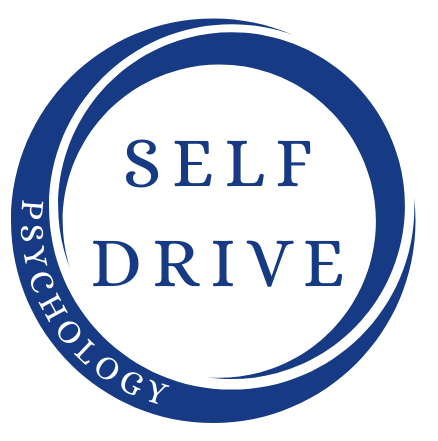In “Blink: The Power of Thinking Without Thinking,” Malcolm Gladwell plunges us into the mysteries of our unconscious mind. He delves into the phenomenon known as ‘thin slicing’, the ability to gather the necessary information for making a decision in the blink of an eye.
Gladwell uses a series of gripping real-life examples to illustrate his points. From art experts instantly spotting a fake statue despite having all its scientific verification, to an improvised war game in which the conventional forces are defeated by an audacious strategy, the power of instinctive decision-making is explored in multiple dimensions.
The Dark Side of ‘Thin-Slicing’
However, the concept of ‘thin-slicing’ has a dark side. Our unconscious biases can cloud our instant judgements, often leading to decisions that aren’t in our best interests or that perpetuate harmful stereotypes. For instance, Gladwell talks about the Implicit Association Test (IAT), which can measure our unconscious biases towards different social and racial groups.
Unlocking the ‘Door’ to Our Adaptive Unconscious
Gladwell suggests that the key to making good snap decisions lies in refining our ability to ‘thin-slice’. This is possible through practice and developing expertise in a particular area, which helps in making quick yet accurate decisions.
Reflective Thoughts
- How often do you trust your gut instinct when making decisions? Have these snap decisions usually been correct or not?
- Have you experienced a situation where your first impression of a person or situation turned out to be completely off the mark? How did this affect your subsequent interactions or decisions?
- What steps can you take to become more aware of your unconscious biases and work towards reducing them?
Breaking My Addictions Summary
In this book we are reminded that our unconscious mind is more powerful than we realise. It has the ability to make rapid, thin-sliced judgements that can often lead to the right decision. However, it’s important to remember that these instant assessments can also be swayed by our ingrained biases. With practice, we can train ourselves to harness the power of our adaptive unconscious for better decision-making, while also working towards reducing the impact of our unconscious biases. As you move forward, consider how you can apply these insights to your own decision-making processes.













